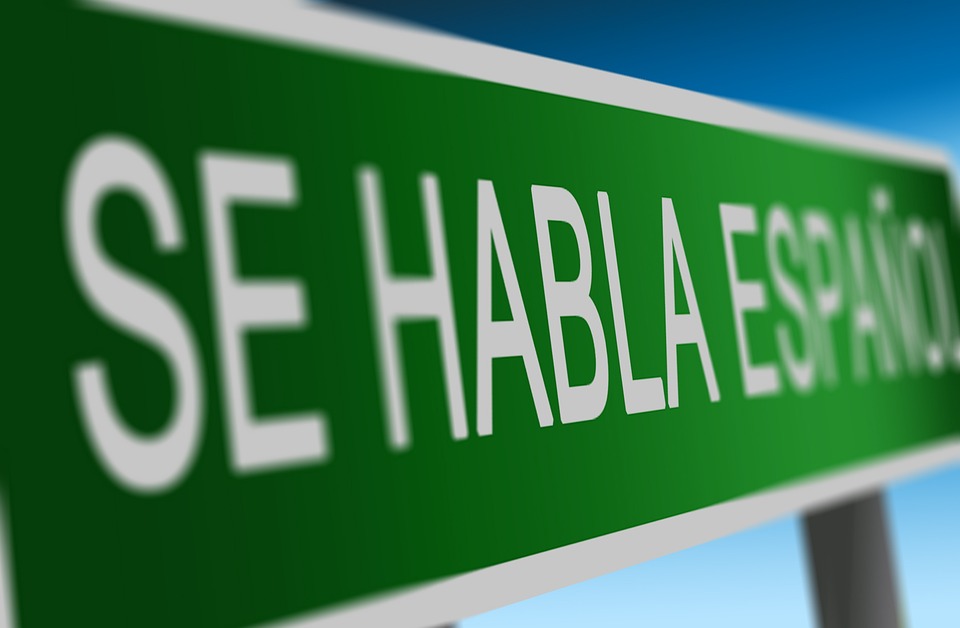From Mysticism to Modernity: The Evolution of Spanish Visionaries
The Beginnings of Spanish Mysticism
Spanish mysticism has a long and rich history that dates back to the Middle Ages. One of the most well-known figures in Spanish mysticism is St. John of the Cross, a 16th-century Carmelite friar and poet who is considered one of the greatest mystics of all time. St. John’s mystical writings, such as “Dark Night of the Soul” and “Ascent of Mount Carmel,” explore the soul’s journey towards union with God through contemplation and prayer.
Another prominent figure in Spanish mysticism is St. Teresa of Avila, a 16th-century nun and reformer who founded the Discalced Carmelites. St. Teresa’s mystical writings, including “The Interior Castle” and “The Way of Perfection,” focus on the inward journey of the soul towards God and the importance of prayer and meditation in achieving spiritual perfection.
These early Spanish mystics were deeply influenced by the broader Christian mystical tradition, which dates back to the Desert Fathers and Mothers of the early Christian era. They sought to cultivate a direct and intimate relationship with God through prayer, meditation, and ascetic practices, often in seclusion and solitude.
The Transition to Modernity
As Spain transitioned into the modern era, the focus of Spanish mysticism began to shift. The Enlightenment of the 18th century brought with it a renewed interest in reason, science, and empiricism, challenging the traditional beliefs and practices of mysticism.
One of the key figures in this transition was Francisco de Goya, a late 18th-century Spanish painter and printmaker known for his innovative and sometimes controversial works. Goya’s paintings, such as “The Third of May 1808” and “Saturn Devouring His Son,” reflect a new emphasis on reason, skepticism, and social critique that marked the beginning of the modern era in Spain.
The rise of Romanticism in the 19th century also had a profound impact on Spanish mysticism. Romantic thinkers and poets, such as Gustavo Adolfo Bécquer and José de Espronceda, embraced a more subjective and emotional approach to spirituality, blending elements of mysticism with the ideals of individualism, imagination, and creativity.
The Modern Spanish Visionaries
In the 20th century, Spanish mysticism continued to evolve in response to the challenges and opportunities of the modern world. One of the most influential figures of this period was Miguel de Unamuno, a philosopher and writer who grappled with the existential questions of faith, reason, and identity in a rapidly changing society.
Unamuno’s works, such as “The Tragic Sense of Life” and “Saint Manuel Bueno, Martyr,” explore the tensions between faith and doubt, tradition and modernity, and the individual and the collective. His writings challenge conventional notions of mysticism while seeking to reconcile the conflicting demands of reason and spirituality.
Another important figure in modern Spanish mysticism is Juan Ramón Jiménez, a poet and Nobel laureate known for his lyrical and introspective verse. Jiménez’s poetry, such as “Platero and I” and “Diary of a Poet Recently Deceased,” reflects a deep sensitivity to the mysteries of existence and the beauty of the natural world, drawing on the tradition of Spanish mysticism while embracing the innovations of modernism.
The Contemporary Landscape of Spanish Visionaries
In the 21st century, Spanish mysticism continues to thrive in a diverse and dynamic cultural landscape. Contemporary Spanish visionaries, such as the poet and essayist María Zambrano, the filmmaker Pedro Almodóvar, and the artist Miquel Barceló, each bring a unique perspective to the enduring themes of spirituality, creativity, and transcendence.
Zambrano’s essays, such as “The Agony of Europe” and “The Dazzling Darkness,” explore the intersections of philosophy, politics, and mysticism in the context of modernity, challenging readers to engage with the complexities of the human experience in a rapidly changing world.
Almodóvar’s films, such as “Talk to Her” and “Volver,” blend elements of Spanish religious iconography, folklore, and mysticism with a vibrant and contemporary aesthetic, creating a cinematic universe that is at once deeply rooted in tradition and boldly innovative.
Barceló’s paintings, sculptures, and installations, such as “The Cathedral of Palma de Mallorca” and “The Ceiling of the Human Rights Council,” reflect a deep engagement with the spiritual and the sublime, drawing on the legacy of Spanish mysticism while pushing the boundaries of artistic expression in the digital age.
In conclusion, the evolution of Spanish visionaries from mysticism to modernity is a testament to the enduring power of spirituality, creativity, and human imagination in the face of profound social, cultural, and technological change. From the medieval mystics of St. John of the Cross and St. Teresa of Avila to the contemporary innovators of María Zambrano, Pedro Almodóvar, and Miquel Barceló, Spanish visionaries continue to inspire and challenge us to seek deeper meaning, connection, and purpose in our lives.
